Greig Robinson, Founder of Slow (slowsofa.co.uk), shares an insight into the business, his journey into the furniture industry, product labelling and current trends.
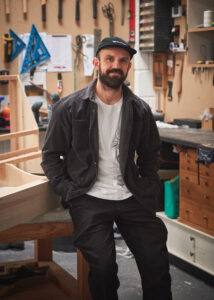
Let’s start with you. Can you share a bit about yourself and your background?
I’m a digital product designer by background. I’ve spent most of my career helping build digital products for everything from early-stage startups to large multinational organisations. More recently, I co-founded Slow – a natural furniture brand focused on creating timeless, plastic-free sofas. I now live in the Yorkshire Dales with my family, where I split my time between the workshop and family life.
What is your current job role and key responsibilities?
I’m the co-founder and director of Slow. I’m involved in everything from design and material sourcing to sales strategy, customer conversations, fabric selection, and the digital experience. A big part of my role is helping people understand the difference that natural materials can make in their sofas. We started Slow in earnest a couple of years ago, but the thinking behind it goes back much further, born out of a frustration with throwaway culture and a desire to create things that truly last.
What do you love about your job?
I love building something with integrity, something you can stand behind completely. At Slow, we’ve taken the time to get everything right, from the internal construction of our sofas to the kind of language we use when speaking with customers. There’s nothing more satisfying than seeing someone light up when they realise what goes into one of our pieces.
What time is your alarm clock set for and do you have a morning routine?
It depends on the day, but usually I’m up around 6:00. If it’s a training morning, I’ll head out for a run through the hills or squeeze in a weight session before breakfast. I try to keep mornings simple: movement, strong coffee, breakfast with the family, then into work.
Why did you choose to work in the furnishing industry?
It wasn’t a straight path; it came from a mix of frustration and curiosity. After buying my first new sofa and being really disappointed with the quality, I started looking into what actually goes into furniture today. I couldn’t believe how much plastic, foam, and chemical treatment was standard. That kicked off a process of learning, experimenting, and eventually launching a brand that puts quality and natural materials first.
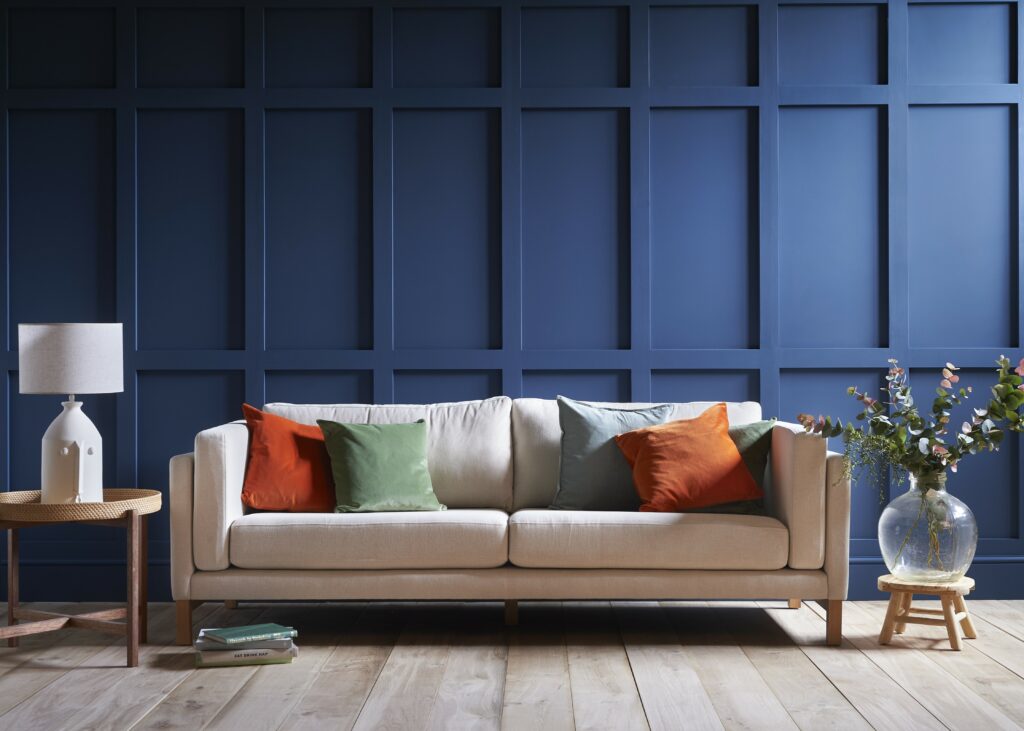
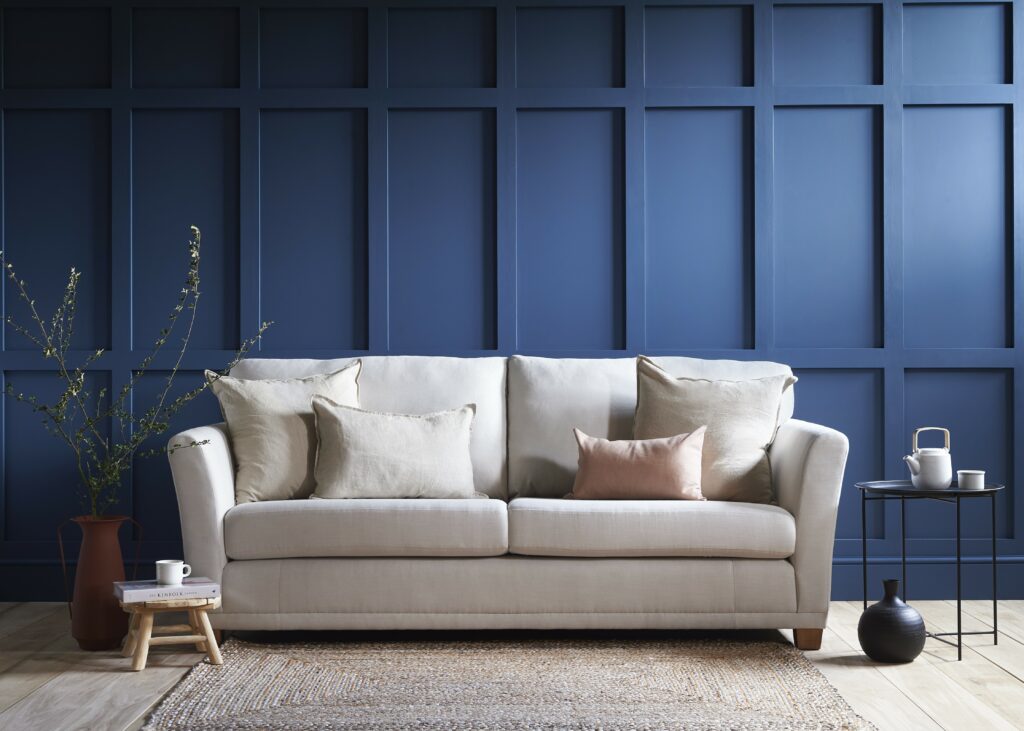
Who do you most admire in the industry and why?
I admire brands and makers who are clear about what they stand for, people who are doing things properly, even when it’s slower or more expensive. I’ve got a lot of time for independent businesses that’ve quietly kept traditional techniques alive.
Have there been any special moments during your career?
Launching our first Slow collection was a big one — seeing it photographed, getting early customer feedback, and knowing it was all built the way we intended: no shortcuts. Also, the first time a customer said, “This is the most comfortable sofa I’ve ever sat on”, that stuck with me.
What is your favourite item of furniture you own and why?
I have an armchair by a well-known Australian designer. It’s simple, looks fantastic, and is unbelievably versatile. It’s seamlessly adapted to different rooms and aesthetics I’ve had over the years — it just works, wherever it goes.
What do you think is trending within the industry at present?
There’s a definite shift toward natural materials, low-tox living, and transparency around what goes into furniture. People are becoming more informed, and they’re looking for alternatives to foam-heavy, fast-furniture options. We’re also seeing a big return to softer shapes, modular living, and rich, saturated tones.
What would you change in the industry?
I’d love to see more regulation around transparency – clear labelling of what’s inside a piece of furniture, and where it’s made. It’s still far too easy for brands to greenwash or hide behind vague sustainability claims.
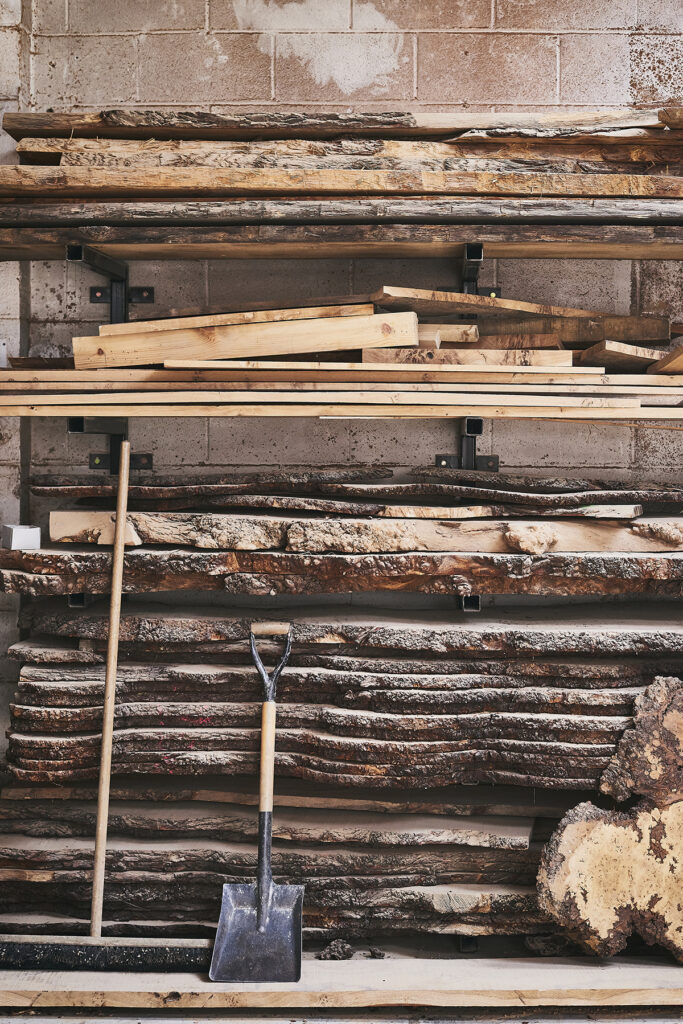
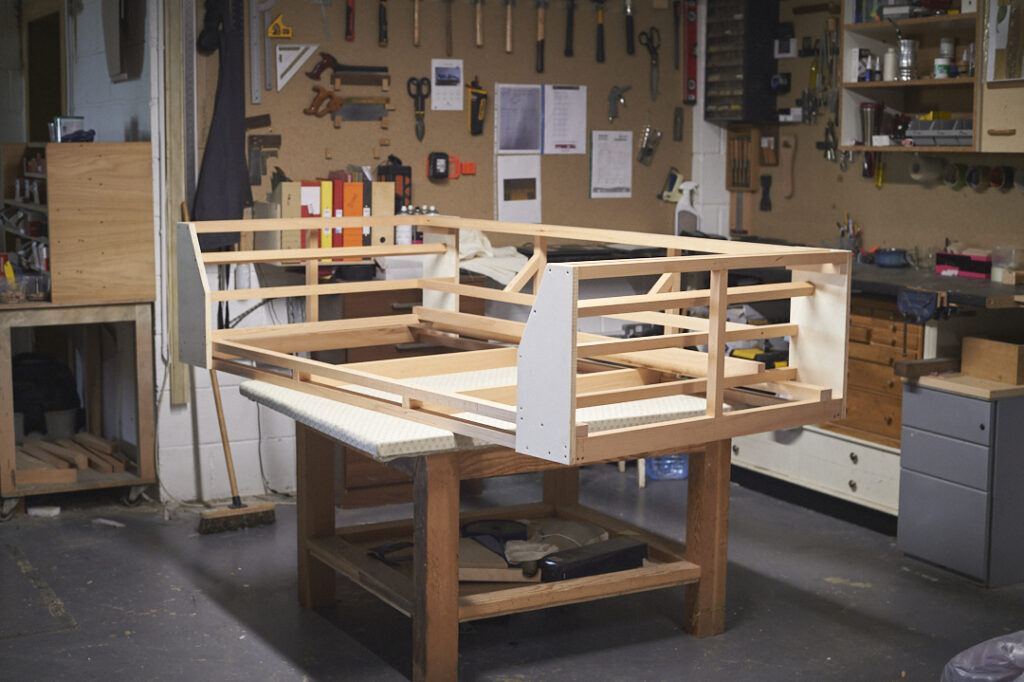
Can you share an insight into your future plans?
We’re working on making Slow even more accessible through thoughtful collaborations. We’re also developing more furniture styles using the same natural philosophy. Personally, I’d love to get even deeper into the design process and keep pushing the boundaries of what natural, plastic-free furniture can be.
What do you enjoy most outside of work / free time?
Trail running, dry stone walling (I’ve just learned how), and spending time in the garden or out exploring the Dales with my family. We recently moved up here from London, and it’s completely changed how we live.
What might someone not know about you?
I’ve worked on many of the digital services people use every day — from banking apps to fitness and wellness products.
If you had a different career, what would it be?
Probably something outdoors — maybe running a regenerative farm, or building cabins in the woods. I love making things real.
Finally, if you were an item of furniture, what would it be and why?
I’d be a solid, low-slung armchair — something grounded, timeless, and built to last. Simple, honest materials, nothing flash, but once you sit in it, you get it.
Five Fun qs:
1) If you could hack into any one computer, whose computer would you choose and why?
David Attenborough’s — not to hack, just to see the scripts, notes, photographs and maybe unreleased footage. I reckon it’d be magic.
2) What fact amazes you every time you think of it?
That a tree can communicate with another tree through its root system — entire forests are interconnected underground.
3) What’s the most spontaneous thing you’ve ever done?
Bought a house in the Yorkshire Dales. One viewing, gut feeling, did it.
4) What is the most important object you own and why?
Probably my trail shoes. They give me space, perspective, and a chance to recharge.
5) What did you think was cool when you were young but isn’t cool now?
Even if they’re back in style, I couldn’t wear baggy jeans again. I’ve done my time.














